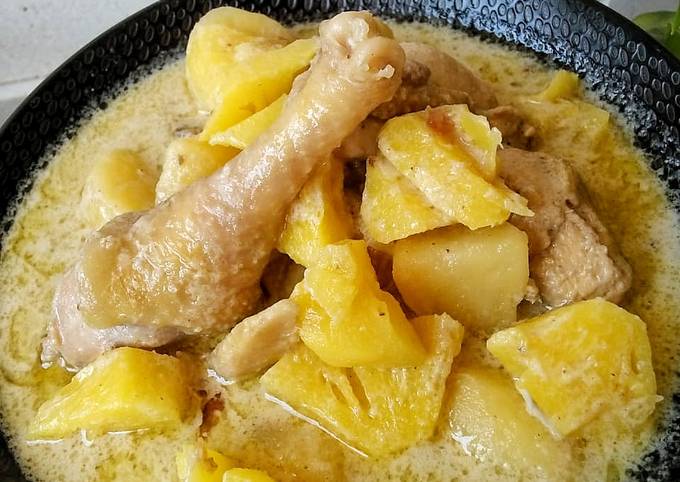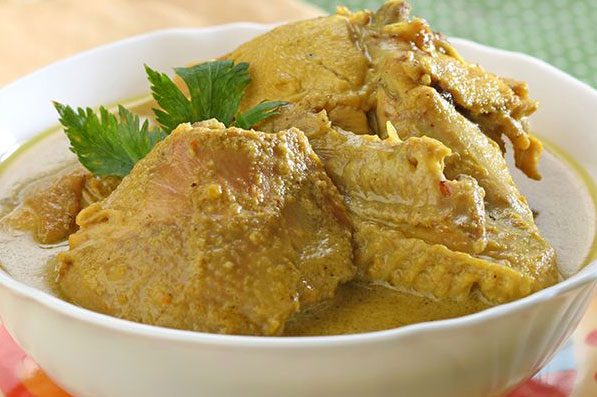

Indian curry was adopted by the Minangkabau people as gulai, a local version of curry. There are Dutch archives about Minangkabau that state regular contacts between India and West Sumatra in the early second millennium, thus suggests that north Indian curry was possibly the precursor of rendang. The origin of rendang could be traced back to the Indian merchants links to West Sumatra before the 15th century. Padang restaurants found across the region have increased the popularity of rendang A broad survey in 2011 placed beef rendang as the most delicious dish in the world. Six types of rendang preparations have also been designated as intangible cultural heritage by the Indonesian Ministry of Education and Culture. Rendang is officially recognised as one of Indonesia's national dishes.

Rendang is also traditionally served among the Malay community in Indonesia, Malaysia, Singapore and Brunei, as well as the Maranao in the Philippines. Rendang is often described as a rich dish of meat - most commonly beef ( rendang daging) - that has been slow cooked and braised in a coconut milk seasoned with a herb and spice mixture, until the liquids evaporate and the meat turns dark brown and tender, becoming caramelized and infused with rich flavours.Īs the signature dish of Minangkabau culture, rendang is traditionally served at ceremonial occasions to honour guests during festive events such as wedding feasts and Lebaran or Hari Raya (Indonesian popular words for both Eid al-Fitr and Eid al-Adha). It has spread across Indonesian cuisine to the cuisines of neighbouring Southeast Asian countries such as Malaysia, Singapore, Brunei and the Philippines. Rendang ( / ˈ r ə n d ɑː ŋ/ REN-DUNG Indonesian pronunciation: ) is a Minang dish originating from the Minangkabau region in West Sumatra, Indonesia.


 0 kommentar(er)
0 kommentar(er)
